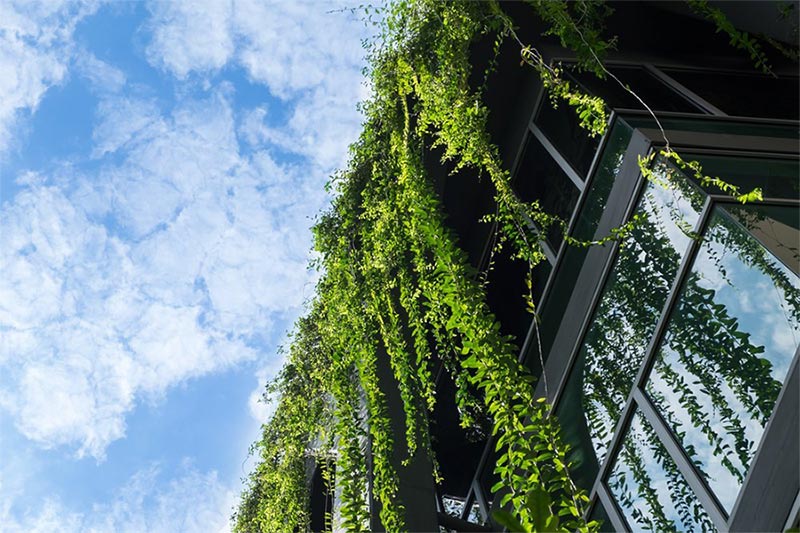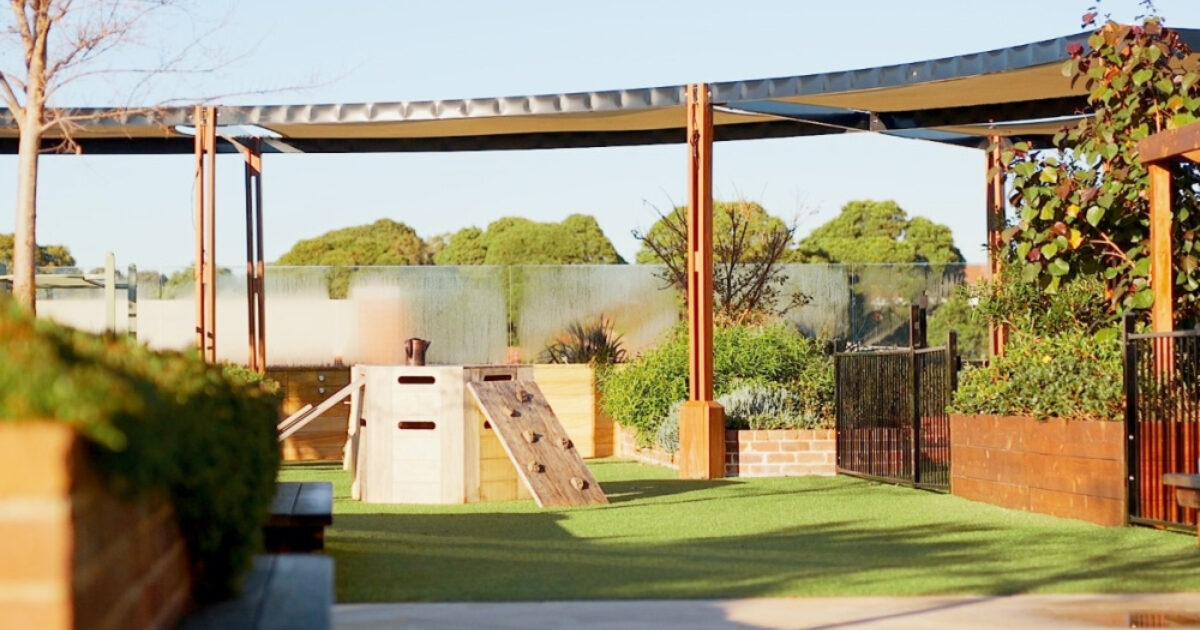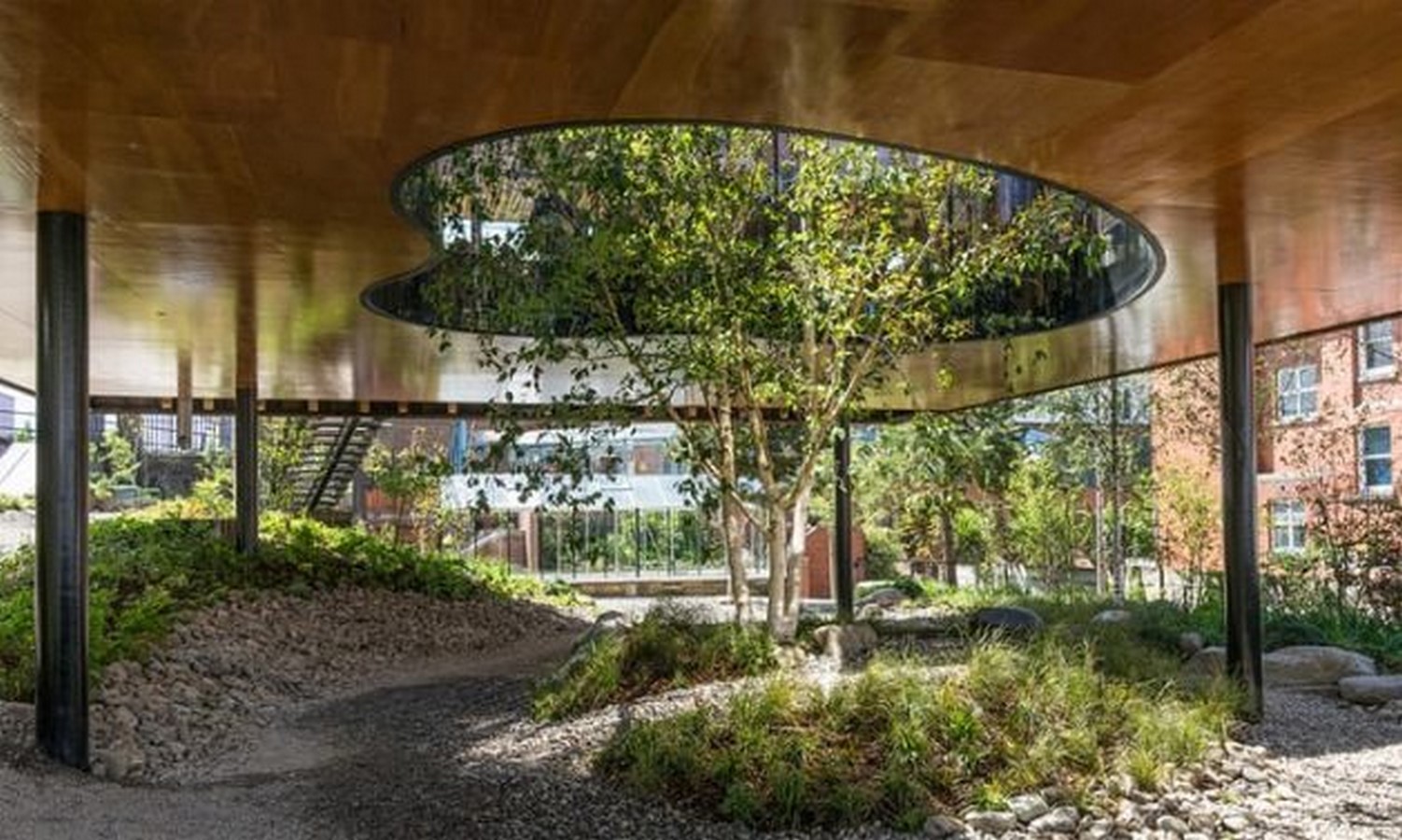How Does Architecture Integrate Green Spaces And Biophilic Design?

Have you ever heard of biophilic design? This is an architectural and design concept that incorporates natural elements to create a more calming and comfortable environment. It's been growing in popularity recently due to the growing importance of sustainable living and the need to reduce our carbon footprint.
Here are some of the key elements of biophilic design:
Plants and Greenery
One of the most obvious elements of biophilic design is the inclusion of plants and greenery in a space. Not only do these plants add a pop of color, but they also help to purify the air and create a more calming environment. Studies have shown that simply having plants in an office space can improve overall productivity and happiness levels.
Natural Materials
Another key element of biophilic design is the use of natural materials. This includes wood, stone, and other materials that are authentically sourced from nature. These materials help to create a sense of warmth and comfort in a space, which can be particularly important in a commercial or office setting.
Natural Light
One of the simplest ways to incorporate biophilic design into a space is to maximize natural light. Large windows or skylights can be used to create a bright and airy space that is filled with natural light. This not only helps to create a more pleasant environment, but it can also help to improve mood and productivity levels.
Water Features
Another popular element of biophilic design is the inclusion of water features. This could be anything from a small fountain to a large indoor pond. The sound of running water can be incredibly soothing, and it can create a peaceful atmosphere in a space. Not only that, but water features can also help to purify the air and bring a sense of nature indoors.
Curved Shapes
Another aspect of biophilic design is the use of curved shapes and lines. These shapes mimic those found in nature and help to create a more organic and soothing environment. By contrast, sharp and angular shapes can create a harsh and stressful environment, which is why they are often avoided in biophilic design.
Maximizing Views
Incorporating views of nature is another important element of biophilic design. This could be anything from views of a park or garden outside, to artwork that depicts nature scenes. By maximizing views of nature, it helps to bring the outdoors in and create a more pleasant and calming environment.
Cultural Connection
Finally, biophilic design aims to create a connection between humans and the natural world. This can be done by incorporating artwork and other cultural elements that depict nature. In doing so, it helps to create a sense of respect and appreciation for the natural world, which can help to promote sustainable living and environmentalism.
Frequently Asked Questions
What is the goal of biophilic design?
The goal of biophilic design is to create a more calming and comfortable environment that incorporates natural elements. This can help to improve productivity levels, reduce stress, and create a stronger connection between humans and the natural world.
What are some examples of biophilic design?
Some examples of biophilic design include incorporating plants and greenery, using natural materials like wood and stone, maximizing natural light, incorporating water features, using curved shapes and lines, maximizing views of nature, and creating a cultural connection between humans and the natural world.
What are some benefits of biophilic design?
There are numerous benefits of biophilic design, including improved productivity and happiness levels, reduced stress and anxiety, and a more comfortable and calming environment. It can also promote sustainable living and environmentalism by creating a sense of respect and appreciation for the natural world.
Is biophilic design only suitable for certain settings?
No, biophilic design can be incorporated into a wide range of settings, including offices, homes, and public spaces. It is a flexible design concept that can be tailored to suit any setting or environment.
How can I incorporate biophilic design into my own space?
There are many ways to incorporate biophilic design into your own space. You could start by adding some plants or greenery, incorporating natural materials like wood and stone, maximizing natural light, or adding a water feature. You could also try incorporating artwork that depicts nature scenes or maximizing views of nature in your space.
In conclusion, biophilic design is an increasingly popular design concept that incorporates natural elements to create a more calming and comfortable environment. By incorporating elements like plants, natural materials, and water features, it aims to create a stronger connection between humans and the natural world. Whether you work in an office or are looking to create a more comfortable home, biophilic design can help to improve overall happiness levels and promote sustainable living.




Post a Comment for "How Does Architecture Integrate Green Spaces And Biophilic Design?"